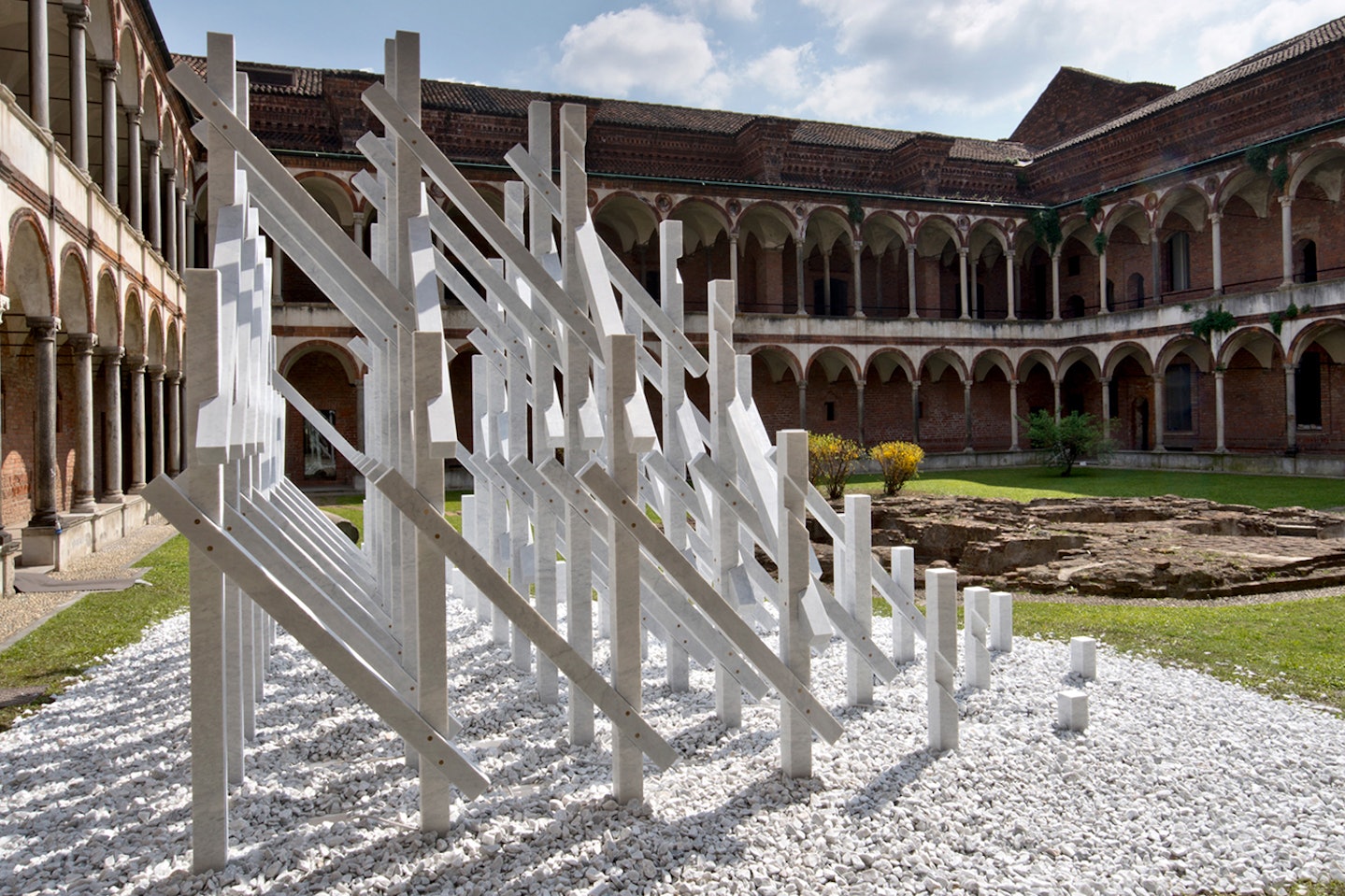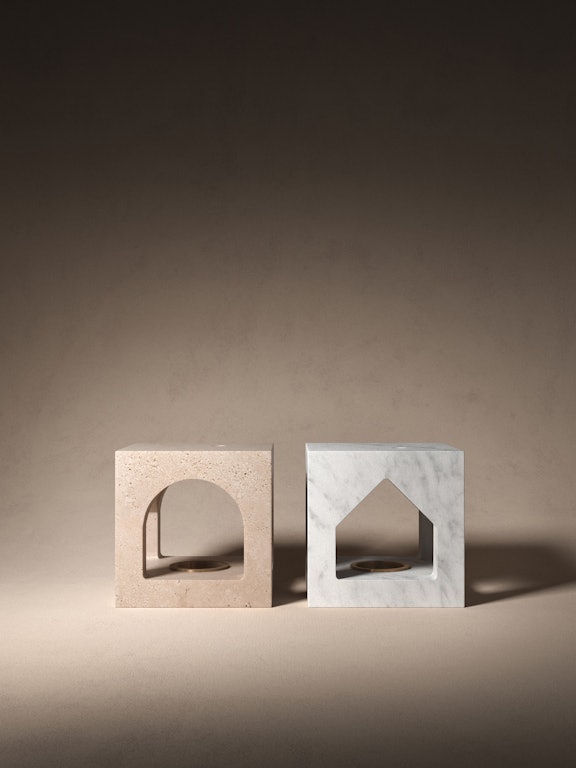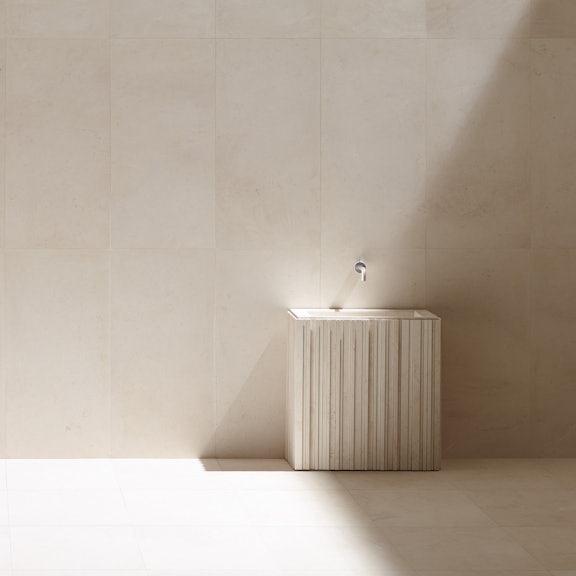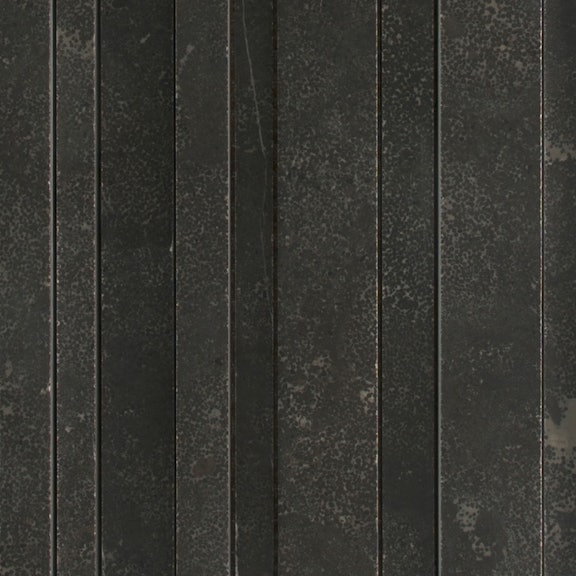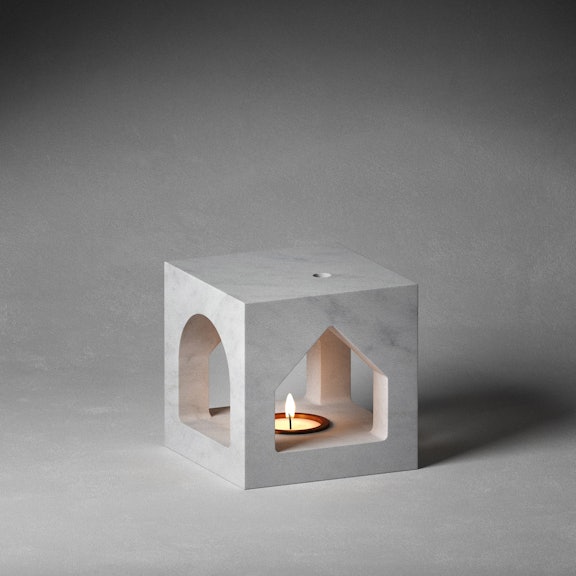Design innovation examples: Stone Forest
03.2022
Creating a stone forest is not a joke
Stone Forest: between tradition and technology
Japan and its culture have a special and unique flavour for us, and we like to repeat this each time we get the chance. We’ve done it for example with Stone Tatami. A tribute to that country’s floor and pavements used in ancient imperial palaces. We’ve done it with Lost Stones, texture that springs from the Japanese technique kintsugi, which uses liquid gold to restore ceramic objects broken into pieces.
We’ve also done it for a very special occasion, that called us to enter the world of Art, for an installation that stimulated us and challenged us, as only great ideas can do.
We were asked to create a stone forest.
It was not simple, but we succeeded. Let’s discover how.
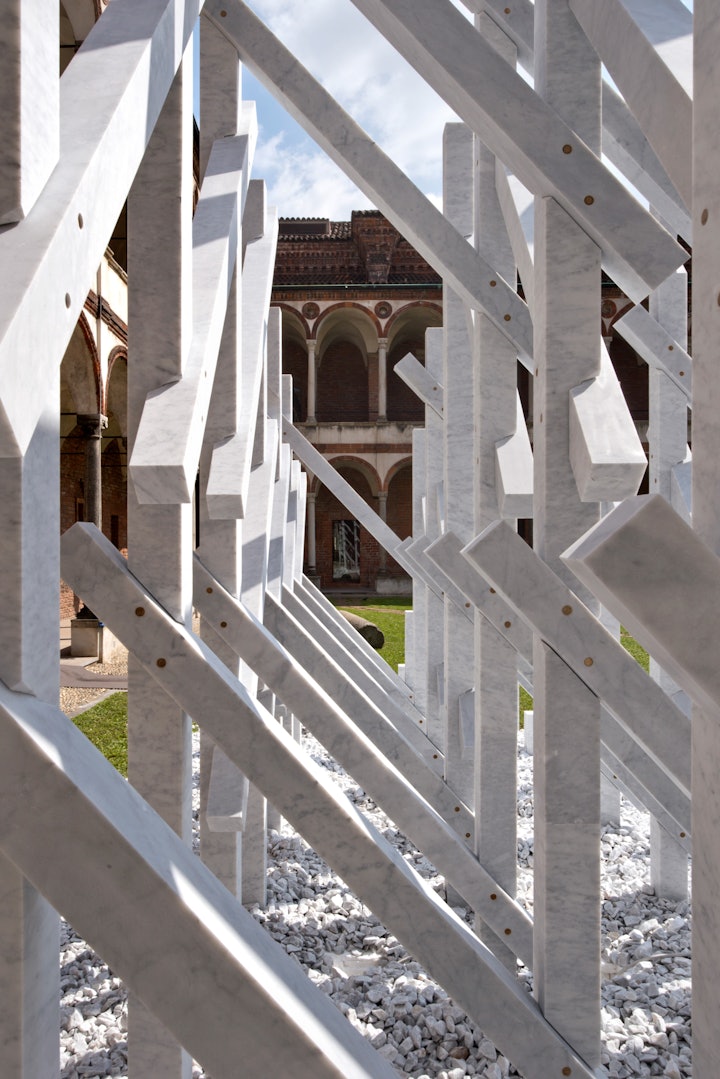
Wood becomes stone, and stone becomes art
Monolithic. Un-scratchable. Unmovable. Probably these are the first characteristics that come to mind thinking about natural stone. As magnificent as it is aesthetically, undoubtedly it is bound not to inspire an idea of lightness and airiness. For the Salone del Mobile in 2014, the Japanese Architect Kengo Kuma attempted to challenge this apparently impenetrable truth, with a genial intuition. In fact, for the installation of his Stone Forest, Kuma decided to refer to a building technique of his country, named jigoku-gumi, which consists in realizing load-bearing wooden grid structures. Kuma’s incredibly ambitious intuition was to substitute wood with stone. From here the idea that stone can be as light as wood, maintaining its strength, resistance, and obviously its intrinsic beauty.
You will say: this is impossible. We decided to demonstrate its not!
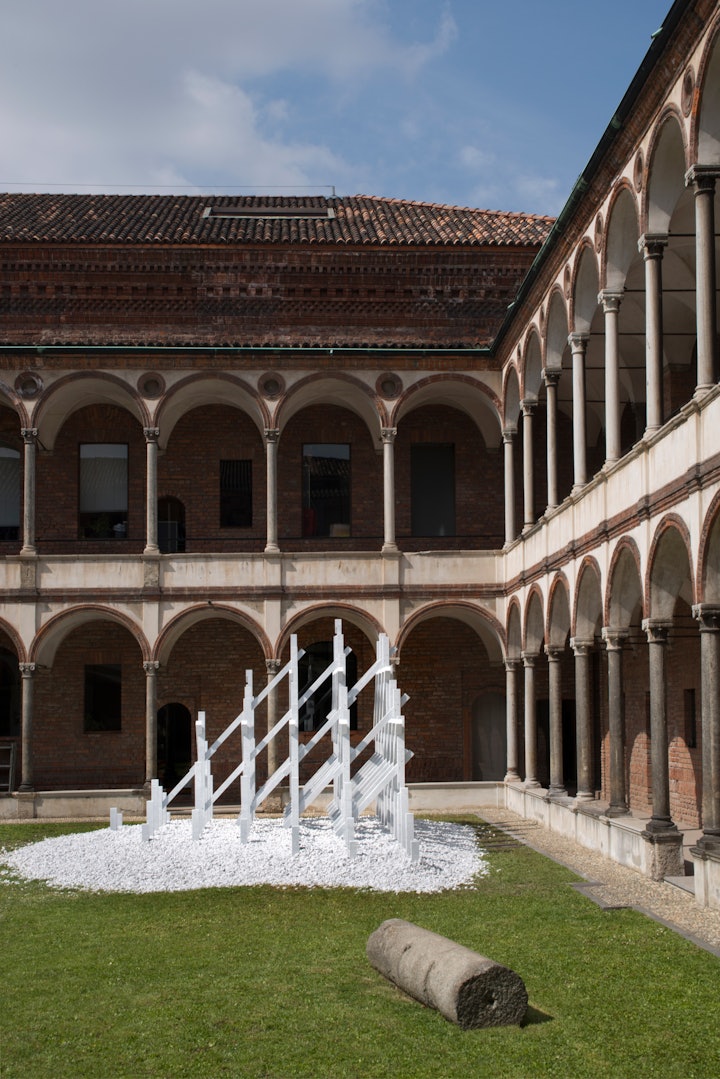
Stone forest: an ambitious and challenging path
To give shape to his vision, Kuma contacted us to understand how to overcome the effective issues tied to this project. The first was seemingly the most trivial, but not at all obvious: which stone to use? Together with the Architect, we chose the excellence (or at least in the collective imaginary) in marble, the Bianco Carrara, and not only for its dazzling beauty. In fact, it is particularly resistant, and for a project involving the cutting of thin rods, the structural strength of the stone selected was of paramount importance.
The choice of material did not solve the whole issue. The construction technique led us to be in fact of painstaking precision, in the size of the rods, their positioning, and the cut. The Stone Forest required perfection to the point that we had to accept our human limitations and seek for help from computer and engineering technology. The dimensions of the rods were calculated and obtained through computerized complex structural calculation systems. As for the cutting this required absolute precision allowing the perfect interlocking between the rods, in fact the intertwining structure of the installation could not tolerate mistakes.
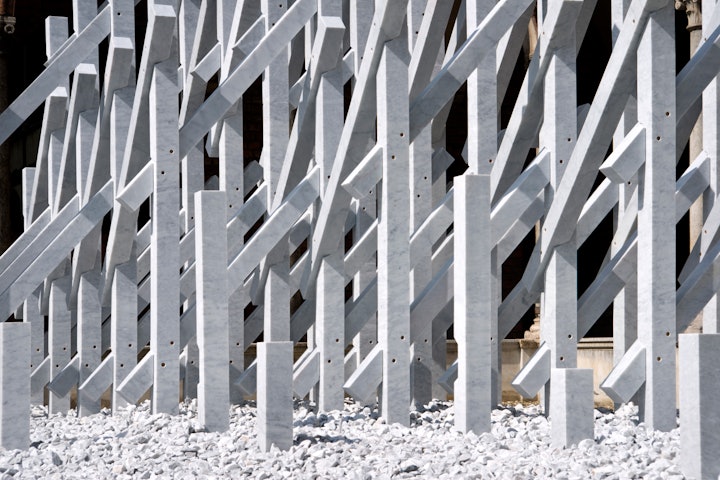
Accompanying the marble structure of this very particular forest there was also wood: in fact, the use of very simple wooden dowels was chosen as a fastening system between the stone rods.
The original material of the jigoku-gumi technique was also used for the foundations: the base was in fact a wooden canvas anchored with sandbags. The support surface, however, was hidden by tons of Bianco Carrara pebbles, which our team had composed in a week to suggest the Japanese Zen philosophy, made of simplicity and tranquillity.
However, there can be no forest, without life, therefore spotlights were placed in the base of the structure to suggest a sense of movement to the entire installation.
We have seen how design can meet art and can reach geographically distant but spiritually similar cultures, such as Japan. We have seen how with Stone Forest we challenged many conventions regarding natural stone, creating an unprecedented artistic installation. If you are interested in knowing more about our company, contact us: we will do everything we can to ensure the most exhaustive answers.
